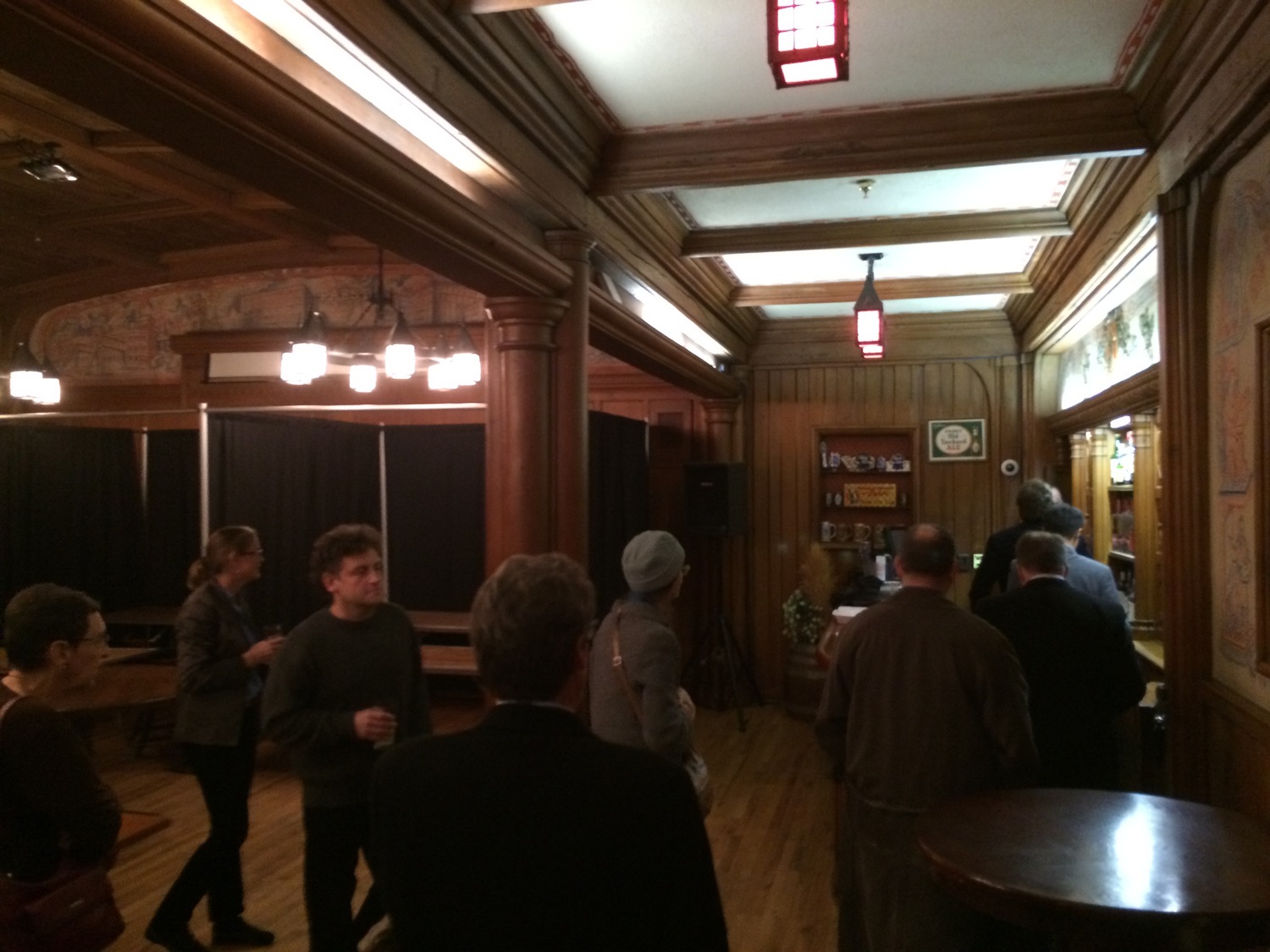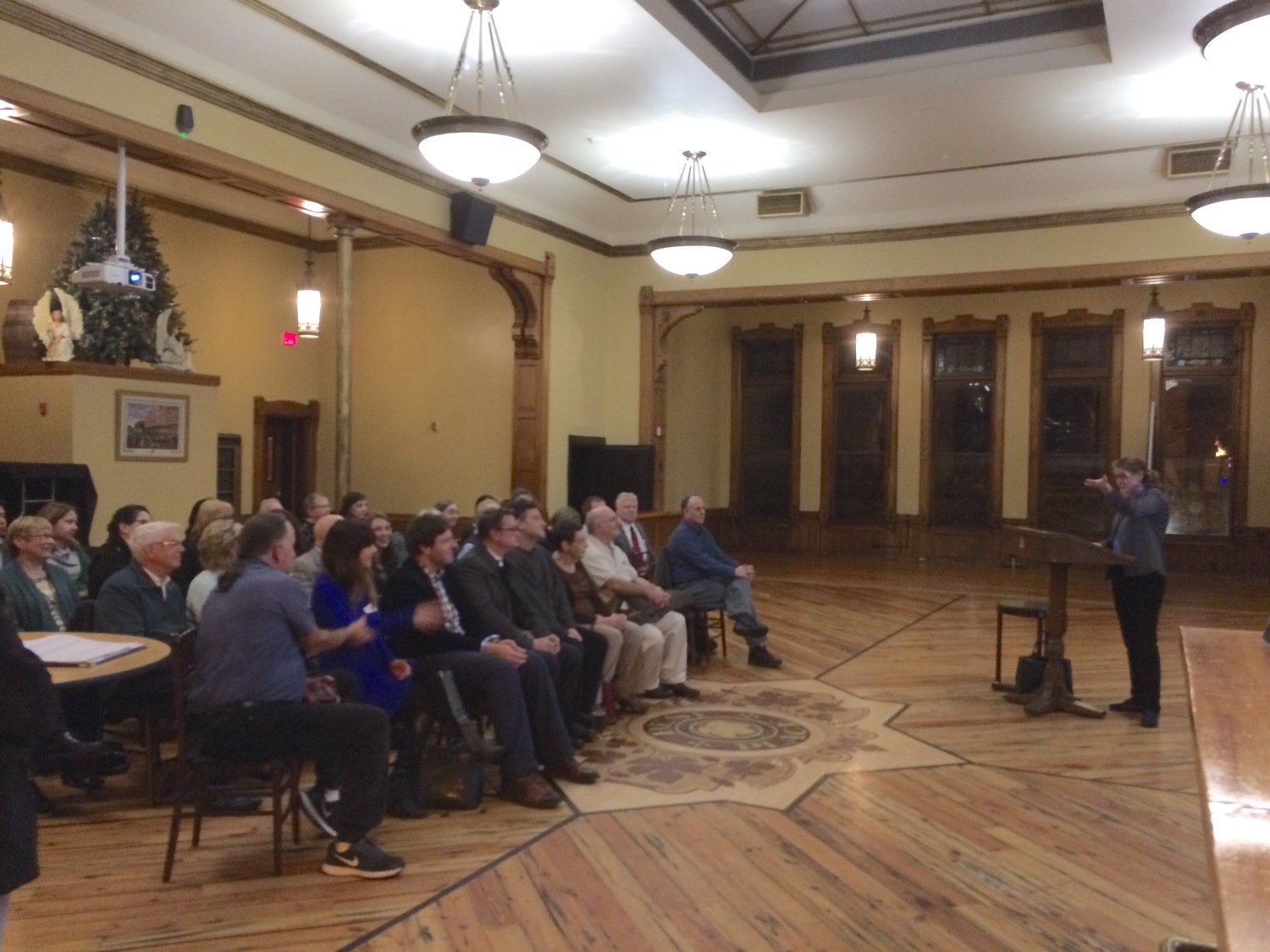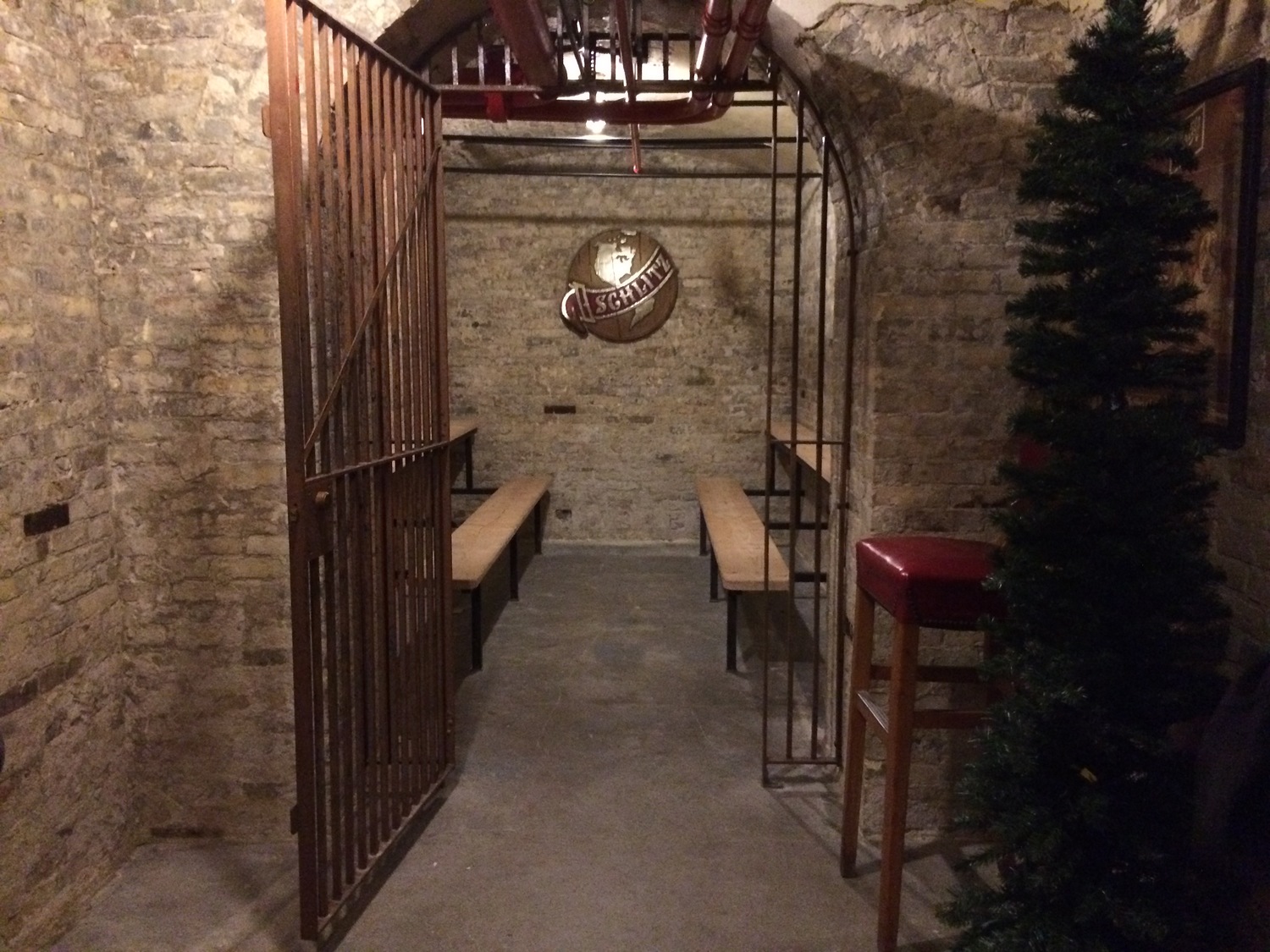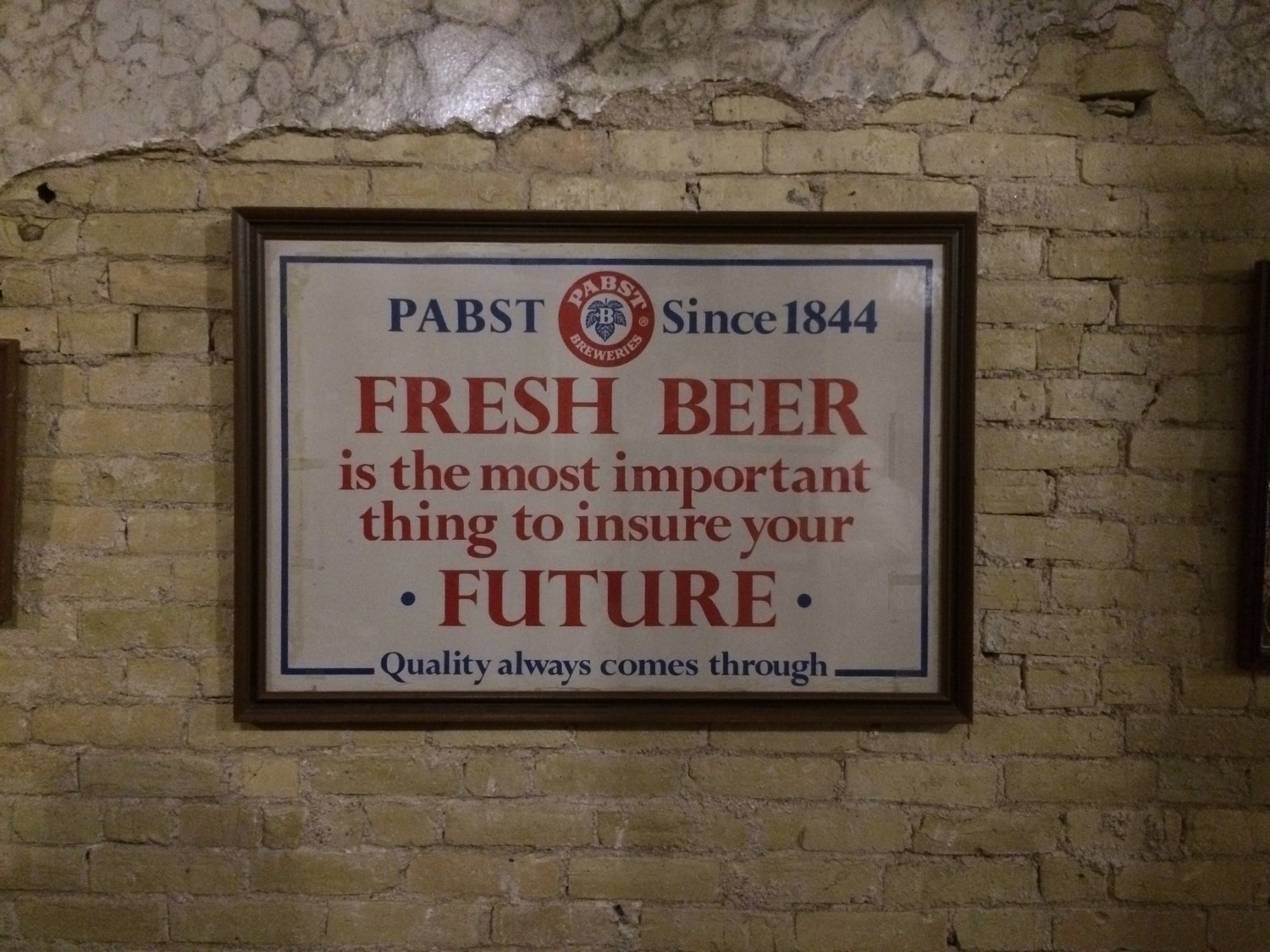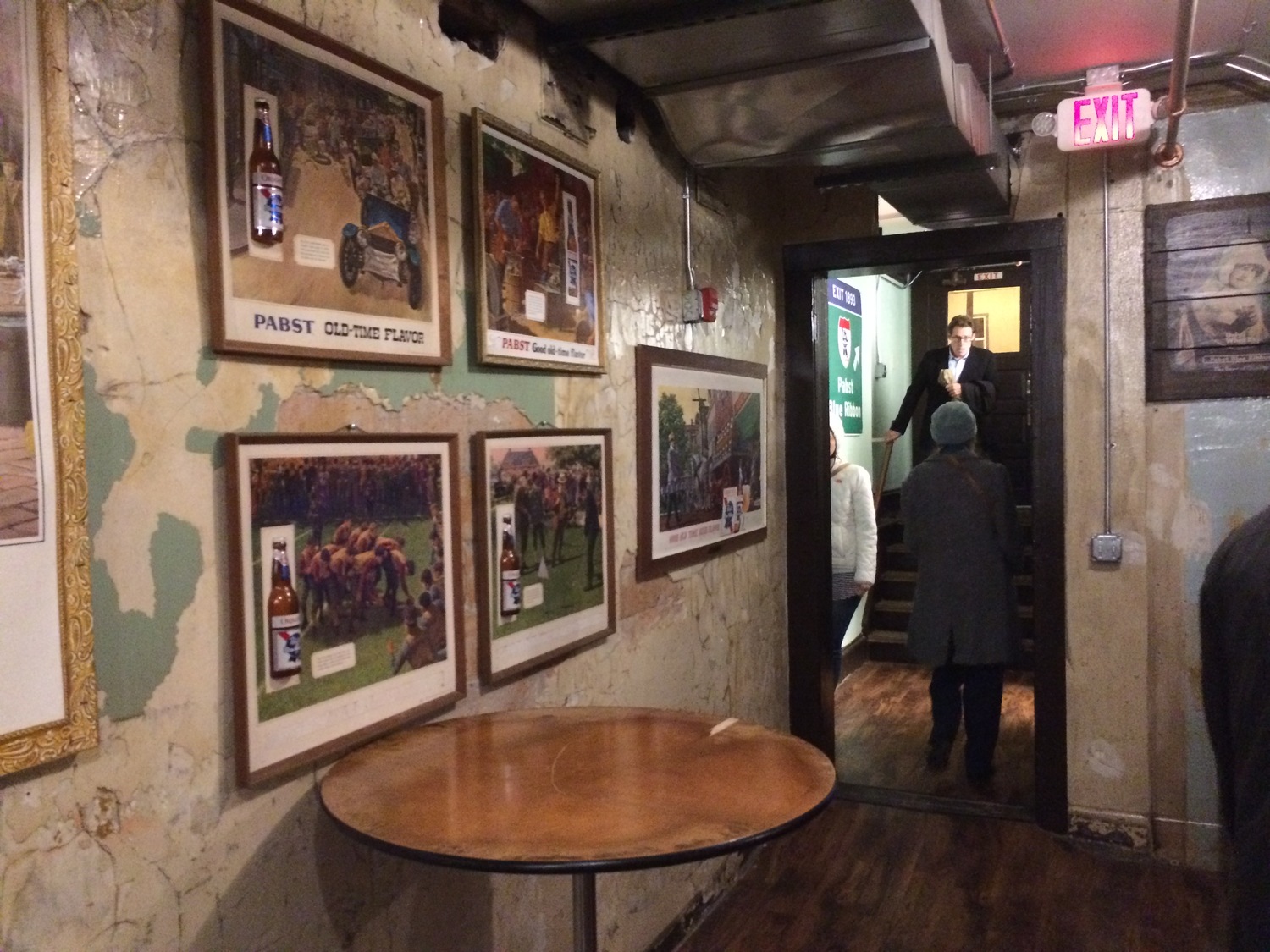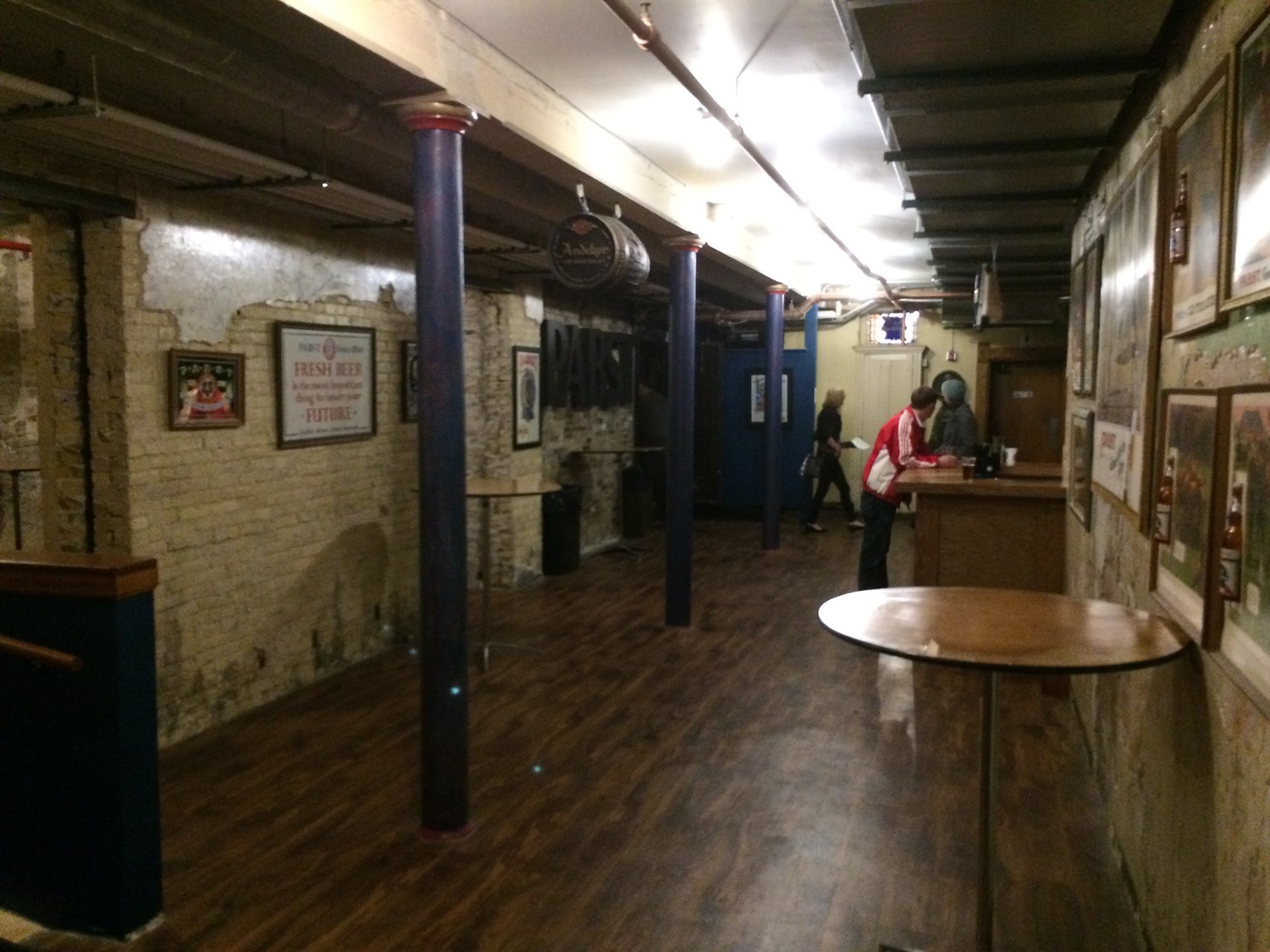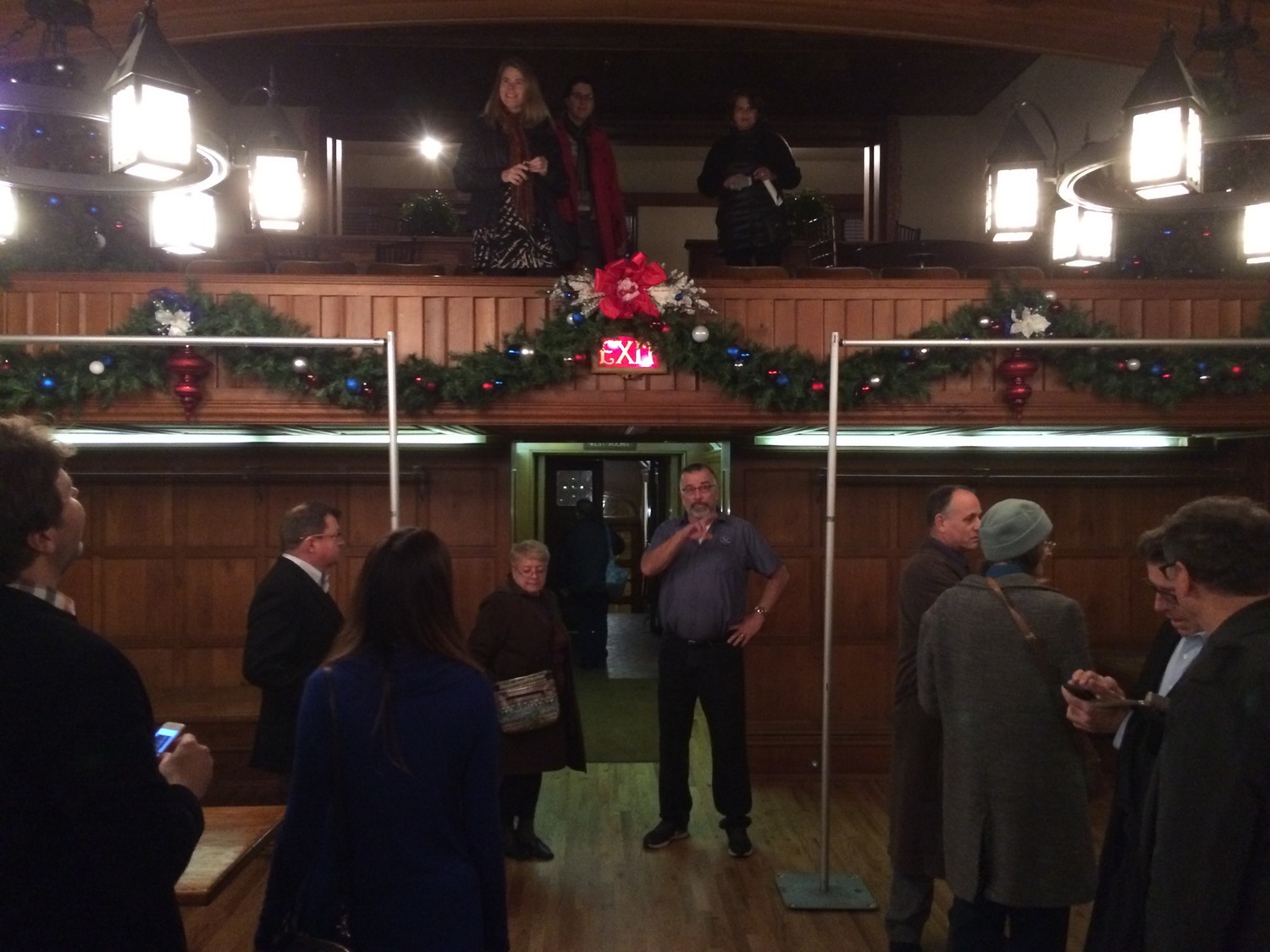Ansel Adams National Park Service Photographer, Jarob Ortiz Ortiz, was hosted by the Historic Preservation Institute of UW-Milwaukee’s School of Architecture & Urban Planning in November to photograph sites and landmarks.
As part of the visit, Jarob participated in a “meet and greet” reception on Wednesday, Nov. 15, where he presented his work at at the historic Pritzlaff Building in Milwaukee (315 N. Plankinton Ave.).
The support of Pritzlaff owner Kendall Breunig – who is passionate about Milwaukee history – and TechRender made the visit possible.
Ortiz visited his hometown of Milwaukee, WI in large part to document the Mitchell Park Conservatory domes for the Library of Congress and National Archives. He also documented other landmarks, too, including the Pritzlaff Building and the Pabst Mansion pavilion.
Ortiz is a 2013 graduate of the Milwaukee Area Technical College photography program and he graduated from Oak Creek High School in 2001.
Ortiz landed his gig at National Park Service’s Heritage Documentation Services – often called the “Ansel Adams Photographer” position because it mirrors, somewhat, the work that the famed lensman did for the Department of the Interior in the 1940s – in 2016, beating out about 4,000 other applicants.
Read more about Ortiz’s visit: "Ansel Adams photographer" Jarob Ortiz comes home to document landmarks - OnMilwaukee.com.






